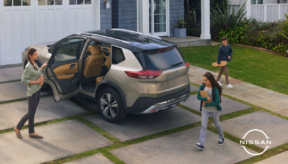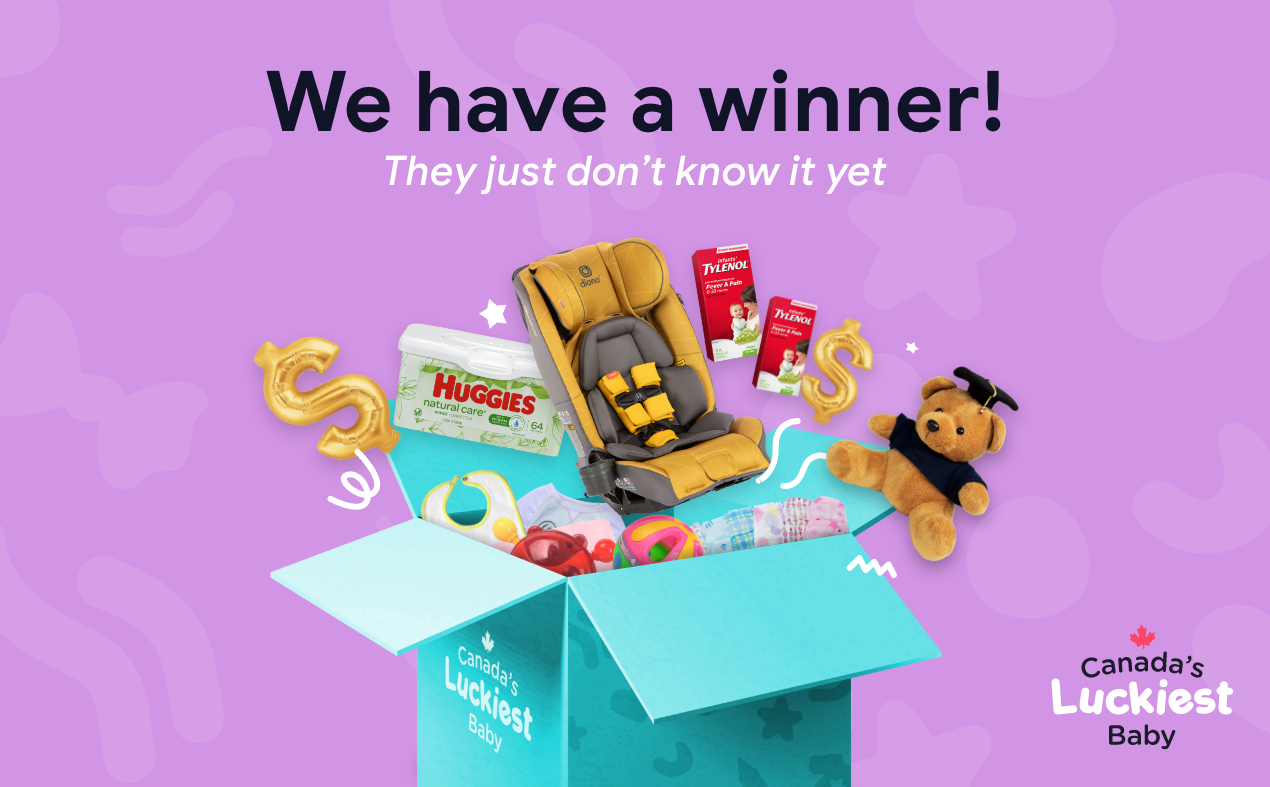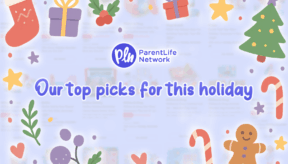Protect what matters most by following PLN’s tips for driving with precious cargo.
It can be pretty nerve-wracking placing your newborn baby in the car for their first ride home. From the proper installation and buckling of your car seat to unexpected weather conditions and other driving hazards, it’s easy to feel overwhelmed and underprepared. Fortunately, there are many things you can do as a parent to help keep your children safer while driving. We put together all the best tips for safe road travel with your little one.
Car Seats
Make your life easier! Take the guessing game out of car seat installation by taking advantage of the many car seat clinics available. It’s also not a bad idea to brush up on the best ways to buckle a child in a rear-facing seat here.
Remember that car seats need to be replaced if you’re ever in an accident. Be sure to let your insurer know as they’ll be able to help determine if you need a replacement (and you may even be covered for this under your insurance policy).
There are lots of other things to look out for when keeping your car seat up-to-date. First check—did you register your car seat with the manufacturer? It’s the best way to ensure you’re notified if there’s ever a recall. Have you moved recently? Don’t forget that each province has its own regulations for car seat and booster seat use. Not sure when to switch car seats for your growing baby? It is considered safest to keep them in their car seat as long as the manufacturer’s weight or height limit allows. Looking at second-hand models? Make sure you’re ready with this checklist to ensure you’re asking the right questions before you buy.
Tires
Now that you have your children safely buckled in their seats, you can turn your attention to proper vehicle maintenance. Winter tires are a great way to help minimize slipping and sliding during the long Canadian Winter. In fact, in many provinces they are required during the winter months. In some parts of Canada, you may even qualify for a discount on your insurance for using winter tires. It’s a great way to save by driving safer!
One more thing—there is nothing worse than being forced to pull over on a busy road. Lessen your risk of a blow out by regularly checking your tire pressure.
Limit your distractions
When most people think of ‘distracted driving’, they think of using a cellphone while operating their vehicle. However, driving with children can sometimes mean that there’s a compelling reason to take your eyes off the road sitting right in your backseat. While it may not always be possible, try to pull over to a safe spot to calm your child when they are upset in the car. This will allow you to drive at a safer pace, rather than trying to rush to get your baby home faster.
Another potential distraction that many drivers may not think about is glare. Most drivers would never consider driving without their corrective lenses, but fail to protect themselves from the bright sun during their morning commute. Keeping a pair of sunglasses in your vehicle can help you to safely navigate.
Best time to drive
Many parents turn to long drives at night in desperation to help baby sleep, but did you know that driver death rates are three times higher at night? Driving while tired and when there’s reduced visibility can be a risk to your family’s safety. Whenever you can, try to stay off the road at night.
Of course, the best time to drive is when you’re alert and undistracted. Watch the weather and only travel if absolutely necessary in slippery conditions.
Emergency kit
When you have children, the purpose of keeping an emergency kit in the car becomes two-fold: preparing for the unexpected for your vehicle and your baby. Check out this handy checklist for all the basic supplies that should go in a roadside emergency kit. Then don’t forget to put together an emergency diaper bag for your baby containing the following:
- An outfit change (or two)
- Blanket
- Formula (if formula feeding)
- Bottle
- Bottled water
- Baby food
- Wipes
- Baby toys
*Opinions expressed are those of the author, and not necessarily those of Parent Life Network or their partners.


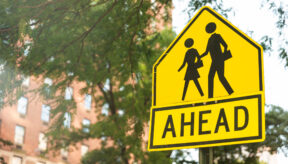
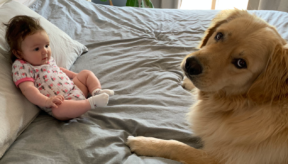
 Sponsored
Sponsored
